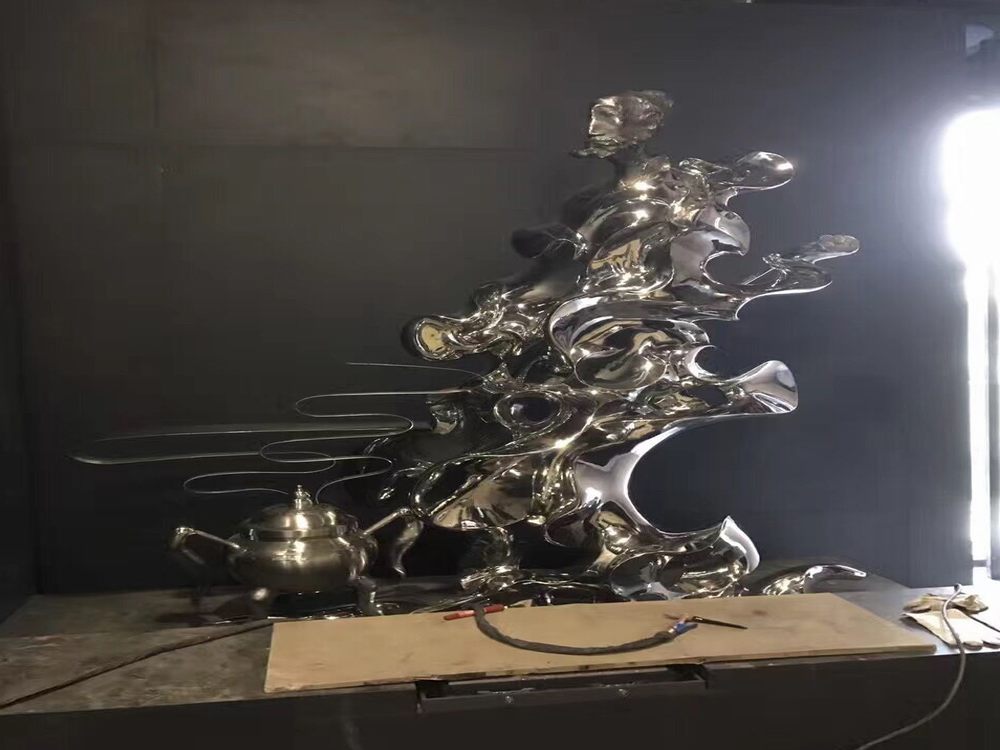
Porcelain sculpture is a delicate art form where light and shadow play pivotal roles in transforming static pieces into dynamic visual experiences. Artists skillfully manipulate these elements to enhance texture, depth, and emotional resonance in their creations.
One technique involves carving intricate patterns or perforations into the porcelain, allowing light to pass through and cast mesmerizing shadows. This method, often seen in lantern-inspired sculptures, creates an ever-changing interplay of light as the viewer moves around the piece.
Surface treatment is another crucial approach. By varying glaze thickness or incorporating matte and glossy finishes, artists control how light reflects off different areas. A strategically placed glossy highlight can draw attention to focal points, while matte sections absorb light for contrast.
Some sculptors employ translucent porcelain to harness light's transformative power. When backlit, these pieces glow with an ethereal quality, with shadows forming organic patterns that shift with the light source's intensity and angle.
Contemporary artists often combine porcelain with other materials like metal or glass to create complex shadow interactions. The juxtaposition of materials with different light-transmitting properties produces dramatic effects that challenge traditional perceptions of ceramic art.
Ultimately, mastery of light and shadow allows porcelain sculptors to transcend the medium's physical limitations, creating works that appear to breathe and change throughout the day, engaging viewers in a silent dialogue with the artwork's luminous soul.

